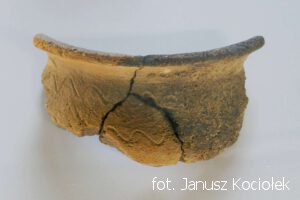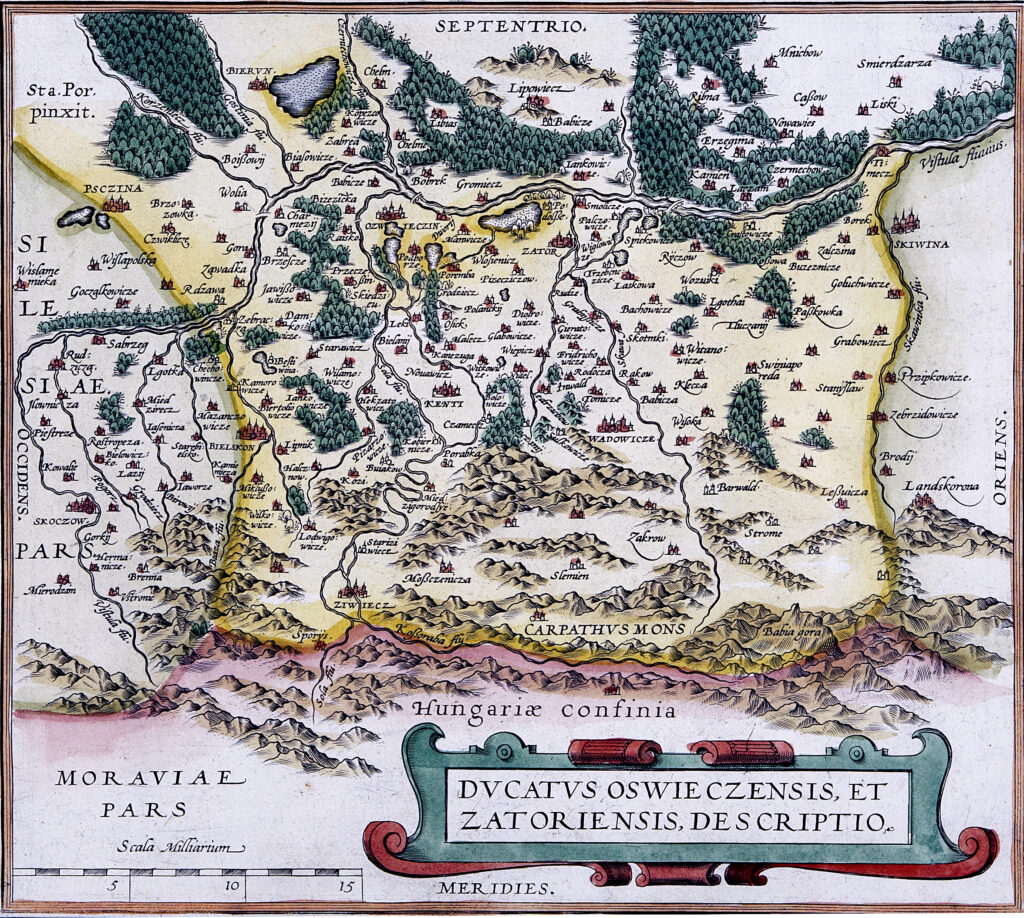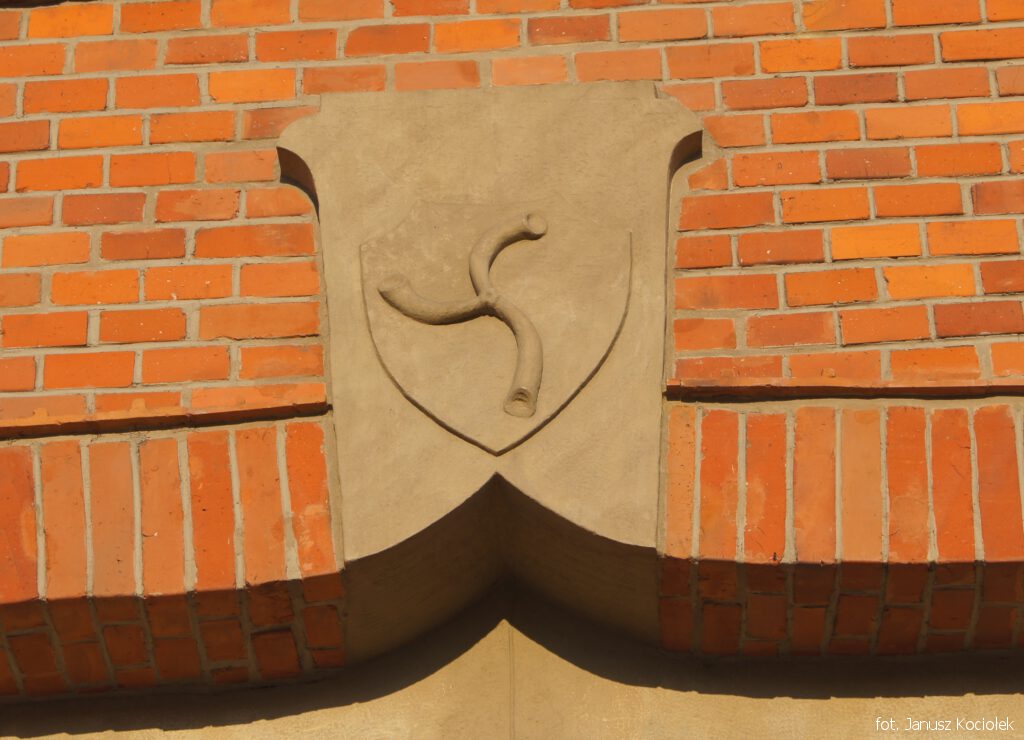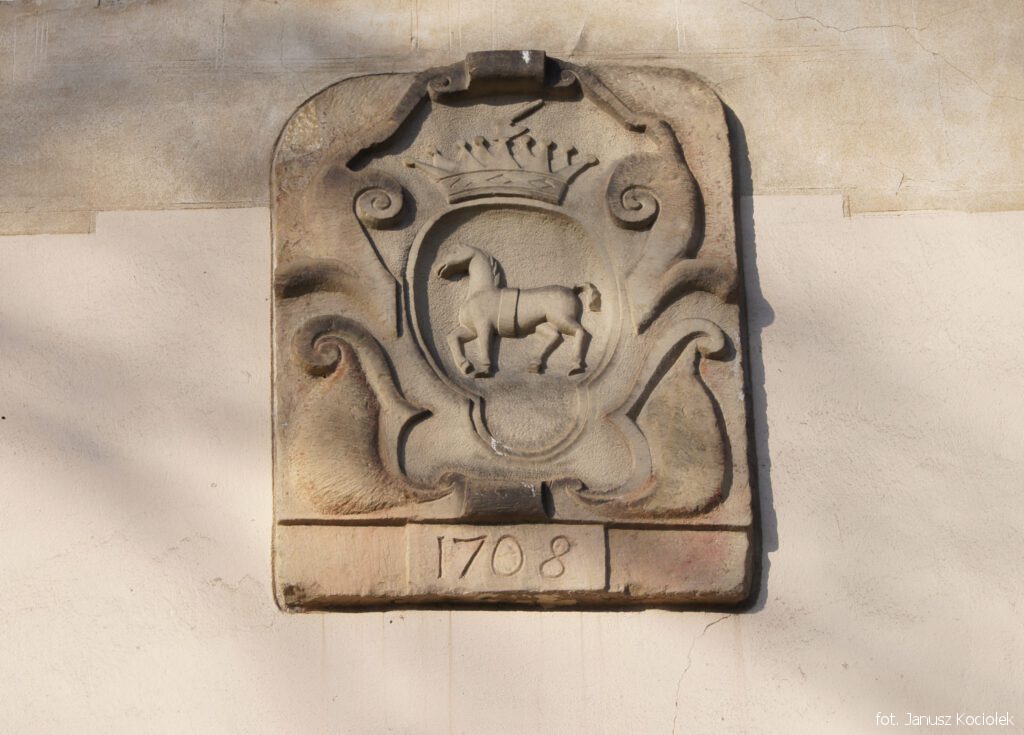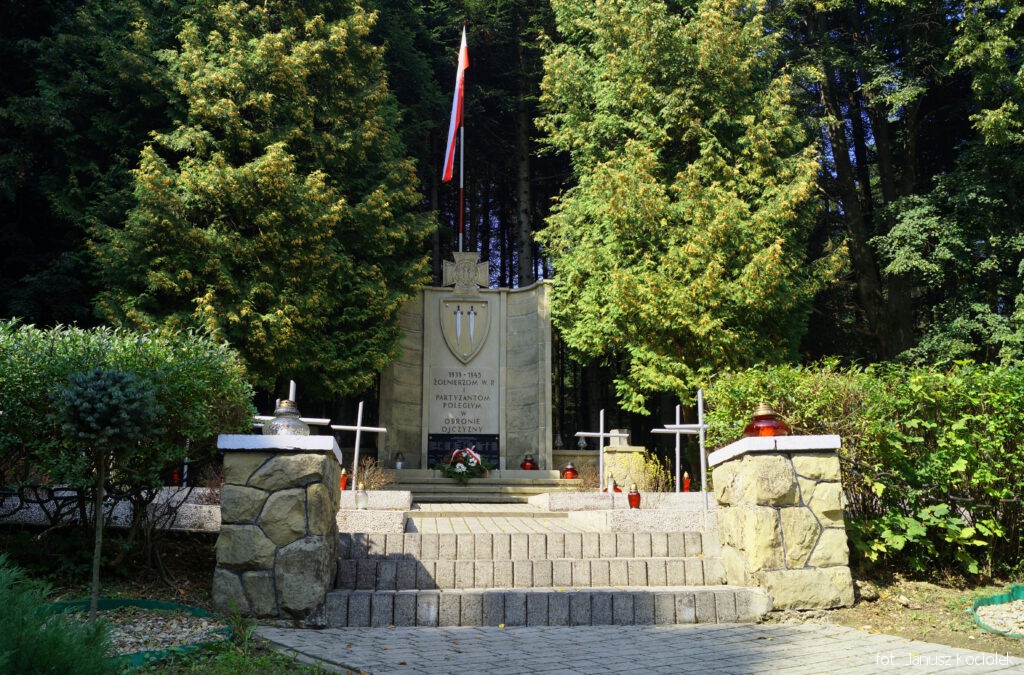In the early middle ages, the area of the present Sucha County was covered by the Primeval Forests of the Carpathians. Compact settlements appeared here quite late in comparison with other regions of our country, however, the oldest traces of human presence in the upper Skawa river basin are very old, as evidenced by the results of archaeological research. We know, among others, that there was a significant settlement in the area of today’s Zembrzyce, dated by most researchers to the Lusatian culture period (700-400 BC).
In the times of the first Piasts, the described area was within the borders of Kraków Land, but around 1179 it was divided. Since then, its western part was within the Silesian principalities (at first Opole, later Cieszyn and then, as a result of further divisions of Silesia – Oświęcim and Zator) and the eastern part remained within the borders of the Kingdom of Poland. The border between them ran more or less along the Skawa River, and further south towards Babia Góra and the Polish-Hungarian border. This division was of significant importance for the further history of both parts of the present Sucha County and made their history slightly different.
The first stronger and more compact wave of settlement came to the area in the 14th century. The settlement action was then supported by the Dukes of Oświęcim on the western side (Zembrzyce – first mentioned in 1333, Krzeszów – 1355, Śleszowice – 1376, Sucha – 1405) and by the Polish Kings, mainly Casimir the Great, on the eastern side (Budzów – 1369, Maków – 1378). The first ones in the majority remained private villages, noblemen’s villages, while the second ones became a part of the newly created the Lanckorona district and thus obtained the status of royal villages. The third wave of settlement entered the Sucha County from the north-eastern side; it intensified in the 16th century and was connected with the activity of the well-known Jordan family from Zakliczyn. They founded subsequent villages in the western part of the present-day Sucha County (Osielec, Toporzysko, Wysoka, Naprawa) and these activities culminated in 1564 with the foundation of the first town in the area, named Jordanów after its founder, on the site of the former village of Malejowa. It is probable that from the second half of the 16th century Wallachian shepherds, wandering along the ridges of the mountain ranges, played a significant role in the progress of settlement in the described area.
In 1564, the Sejm in Warsaw carried out the final incorporation of the areas of the former Duchies of Oświęcim and Zator, purchased by the Polish kings already in the previous century, incorporating them as the Śląsk County into the Krakow Voivodship. In this way, the whole area of the present Sucha County came within the borders of the Republic of Poland. Three parts of the county can be distinguished, differing from each other especially in respect of the ownership relations. Villages situated in the central part of the described area were still part of the Lanckorona district and remained royal villages. The settlements located on the western and eastern edges of the present administrative district were in the hands of private owners, however, while in the Jordanów region the ownership was fragmented, the areas which years before had been within the boundaries of the Silesian principalities were in the hands of the Komorowscy family at the beginning of the 17th century, which gave rise to a considerable dominion with its centre in the Sucha castle. The estate remained in the hands of well-known Polish families (after the Komorowscy, there were the Wielopolscy, the Braniccy and the Tarnowscy) until the enfranchisement reform in the middle of the 19th century, and partly even until 1939.
In 1772 as a result of the partition treaty the area of the current Sucha County was incorporated into the Austrian Empire. The Lanckorona district ceased to exist, and the villages which had previously belonged to it became the property of the Austrian State Treasury. A part of them was put up for sale still in the 18th century, whereas Maków with the surrounding 10 villages was bought in 1839 by count Philippe Saint-Genois, whose son in turn sold his property in this area in 1878 to archduke Albrecht Habsburg. The estate remained in the hands of the Habsburgs until the end of the Partitions of Poland. In 1924 part of them (forest areas in and around Zawoja) were donated to the Polish Academy of Arts and Sciences in Cracow.
In the post-partition period, as well as later, during the Second Polish Republic, frequent changes in the administrative division of the Podbabiogórze took place. At first, the whole area was part of the Wieliczka, Myślenice and Wadowice districts. As a result of the reform which took place in the Empire in 1867, counties were established. At that time the Sucha estate became part of the Żywiec county, Maków and its surroundings – of the Wadowice county, and Jordanów – of the Myślenice county. A few years after Poland regained its independence, in 1924, a new county was established with its seat in Maków, within the borders of which Sucha and the surrounding villages were included. However, this situation lasted only for less than 10 years, until 1933, when the Maków county was abolished. Sucha became part of the Żywiec County again, and Maków and its surroundings part of the Wadowice County. The eastern part of the area in question, including Jordanów, remained permanently within the boundaries of Myślenice County during the Second Polish Republic.
During the Nazi occupation, the western part of the area, including Sucha, was directly incorporated into the German Reich, while the eastern part, including Maków and Jordanów, became part of the newly created General Government. The border between them ran along the Skawa River and further along the main ridge of the Jałowiec Range.
In those difficult times, the inhabitants of the Podbabiogórze repeatedly gave evidence of their patriotism and attachment to their homeland. The valiant struggle which the units of the 10th Cavalry Brigade under the command of Colonel Stanisław Maczek, supported by the local population, fought against the superior German forces on 1-2 September 1939 in Wysoka near Jordanów, has gone down in history. From the first months of the war the resistance movement developed in the described area, numerous partisan units were very active, particularly active in the last years of the occupation in the area of the Polica Range. In January 1945 this area was occupied by the Soviet Army, which pushed out the German troops from this place.
An important date in the post-war history of the Podbabiogórze is the year 1956, when a new county with its seat in Sucha was created from part of the areas previously belonging to the counties of Żywiec, Wadowice and Myślenice. However, in 1975, as a result of the reform introducing a new, two-stage administrative division of the country (voivodships, communes) it was liquidated, and its area was divided and incorporated into the newly created voivodships: Bielsko-Biała and Nowy Sącz. A quarter of a century later, as a result of another reform, already under the Third Republic of Poland, on 1 January 1999, the Sucha County, in a slightly changed territorial shape, returned to the map, becoming, in accordance with the historical and cultural traditions of its inhabitants, part of the Lesser Poland Voivodship.
